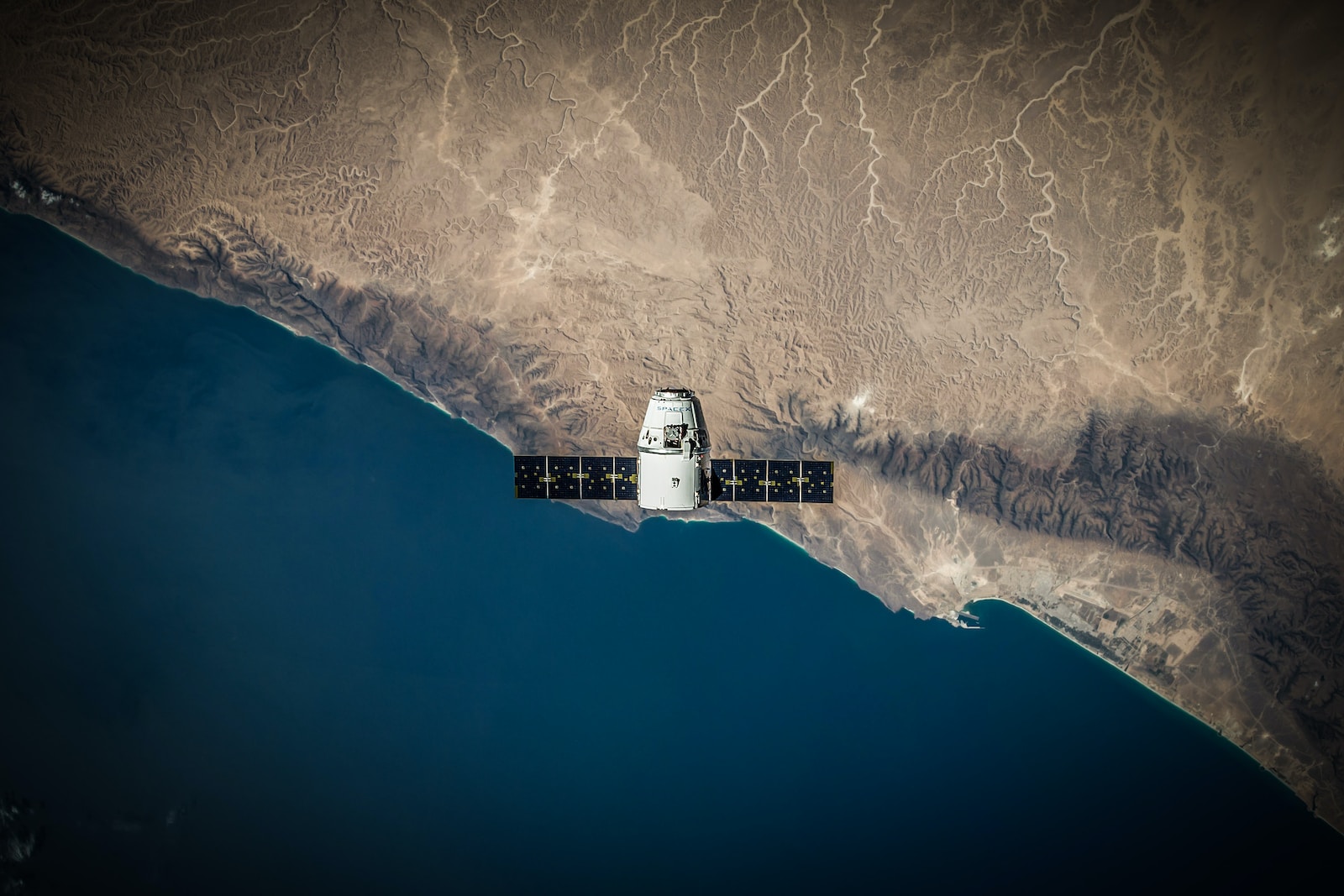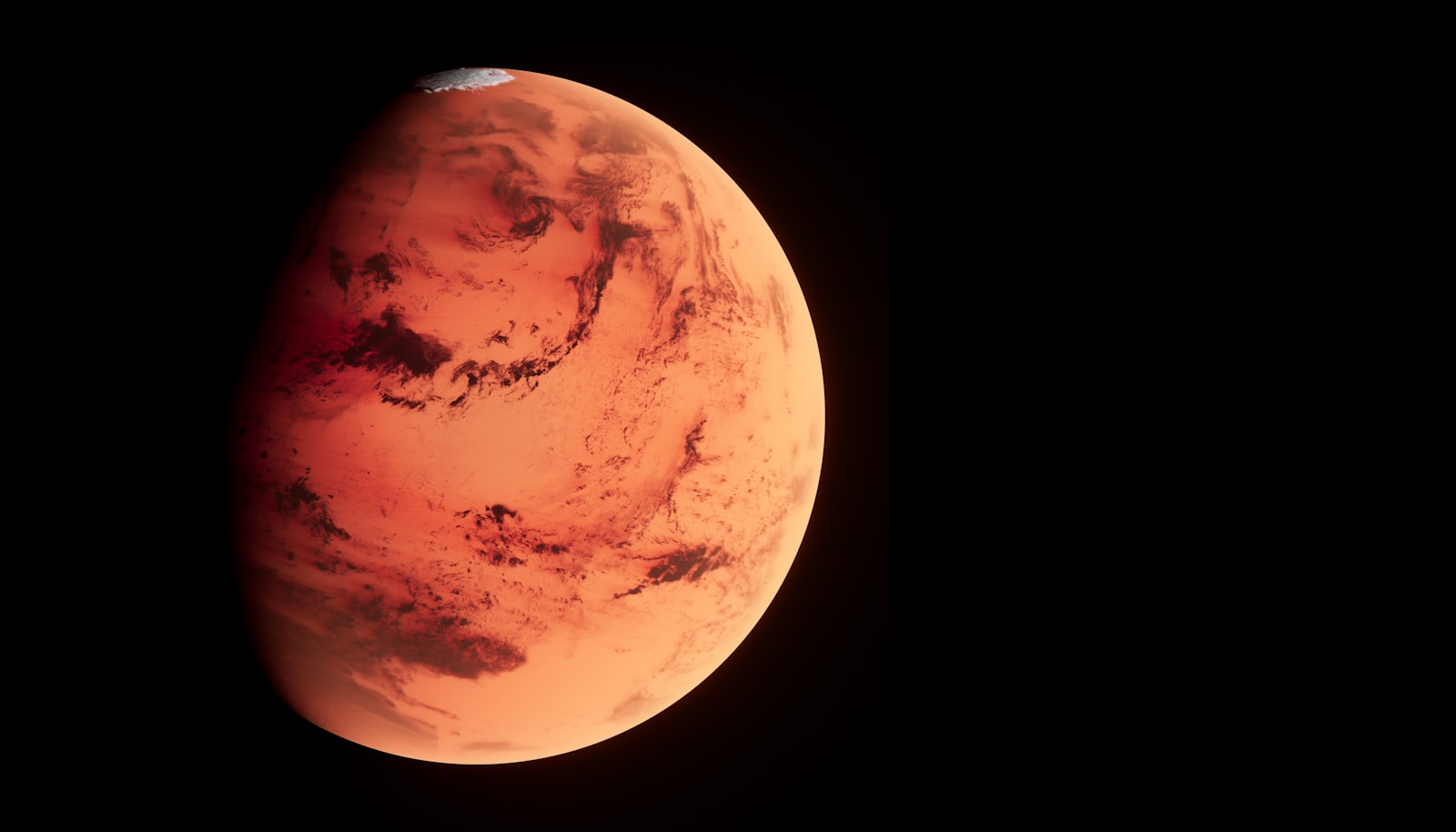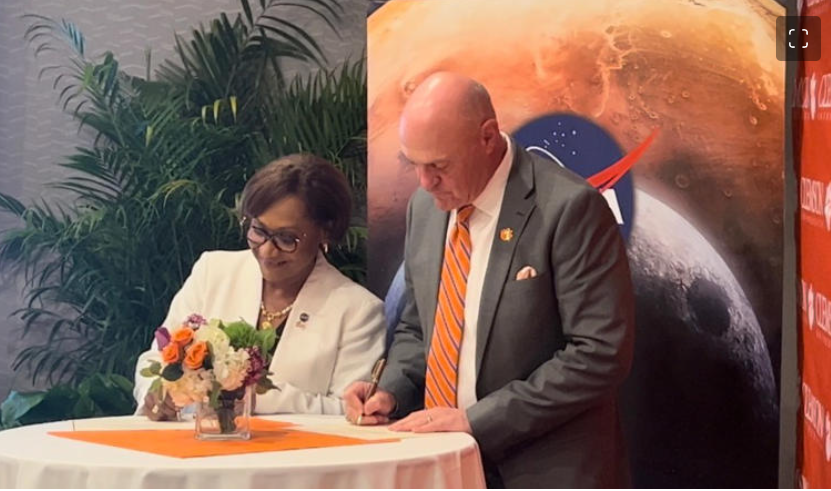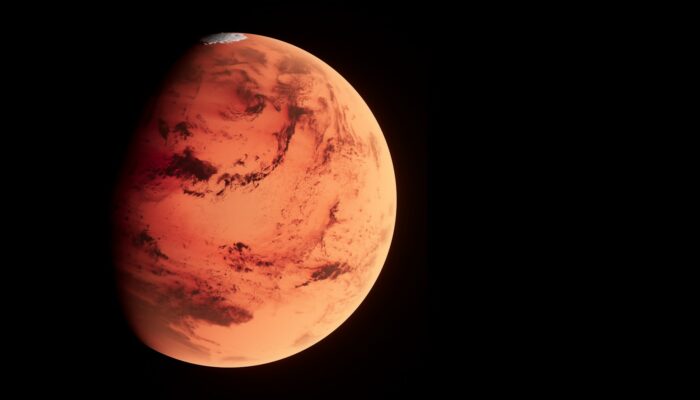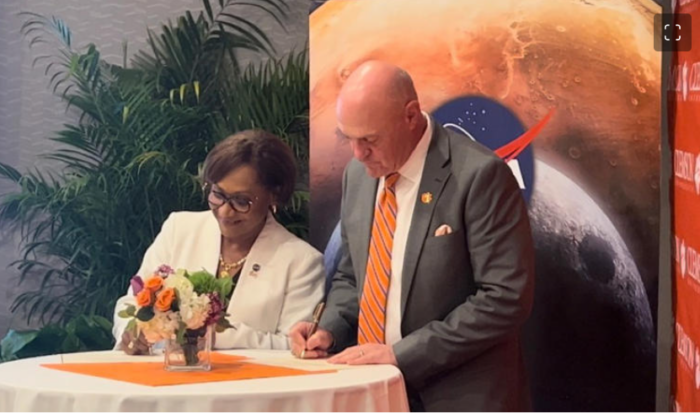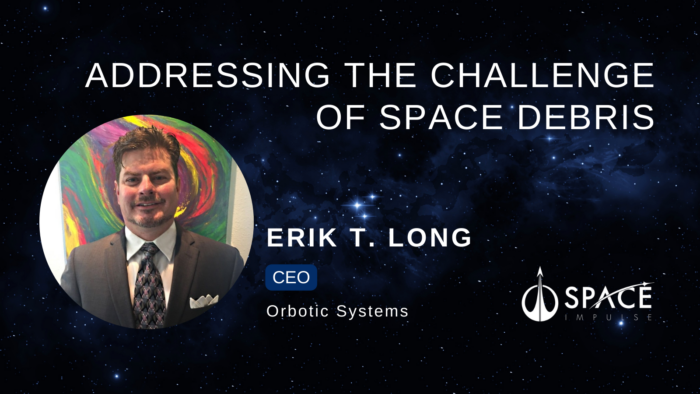Insider Brief:
- Southwest Research Institute (SwRI) has been awarded a $54 million contract by NASA and NOAA to develop QuickSounder, the inaugural satellite in a new generation of low-Earth orbit environmental satellites for NOAA.
- QuickSounder will serve as a prototype for NOAA’s next environmental satellite series and is a groundbreaking small satellite (smallsat) with an accelerated development timeline – planning to be launched in 2026.
- The innovative satellite promises a remarkable reduction in data latency, delivering 95% of collected data within 30 minutes, significantly enhancing NOAA’s weather forecasting capabilities.
Southwest Research Institute (SwRI) has been awarded a $54 million contract by NASA and NOAA to develop QuickSounder, the inaugural satellite in a new generation of NOAA low-Earth orbit environmental satellites. The three-year contract involves the design, construction, and operation of QuickSounder.
This satellite marks the commencement of NOAA’s Near Earth Orbit Network (NEON) program, a collaborative effort with NASA. NASA will oversee satellite development and launches, while NOAA will manage operations and deliver data for global users, supporting weather forecasting, climate monitoring, and environmental observation.
QuickSounder will serve as a prototype for NOAA’s next environmental satellite series and is a groundbreaking small satellite (smallsat) with an accelerated development timeline. While traditional environmental satellites take a decade or more to develop, QuickSounder is set to launch in mid-2026, less than 27 months after the contract award as announced in the SwRI press release.The satellite will carry NOAA’s Advanced Technology Microwave Sounder (ATMS) instrument, providing crucial information about Earth’s atmosphere. Notably, QuickSounder promises a remarkable reduction in data latency, delivering 95% of collected data within 30 minutes, significantly enhancing NOAA’s weather forecasting capabilities.
Over the next two years, SwRI will design, build, and integrate the ATMS instrument into QuickSounder, conducting essential environmental testing to ensure the satellite’s resilience to launch and space conditions. The satellite, slightly larger than a typical washing machine, will measure 2.6 feet in width, 3.7 feet in length, and weigh around 465 pounds, including xenon propellant for its small electric propulsion thruster.
The entire development process, from design to testing, will take place at SwRI’s Space System Integration Facility in San Antonio. This 74,000-square-foot facility is tailored to efficiently respond to the needs of commercial and government spacecraft, particularly small satellites aimed at emerging “new space” applications.
Following completion in 2026, SwRI will deliver QuickSounder to the launch site, handle launch vehicle integration, and operate the satellite from its Mission Operations Center in Boulder, Colorado, until 2029.
For more market insights, check out our latest space industry news here.
Share this article:
